Do you have a question about the Hotpoint NV4D01P and is the answer not in the manual?
Guidance on dryer placement for optimal air circulation and to prevent condensation.
Instructions for grounding the socket and checking the power supply cord.
Requirements for adequate room ventilation and proper vent tube installation.
Specifies maximum dry weight limits for different fabric types.
Explains common care symbols used for tumble drying garments.
Lists materials and items that should not be placed in the dryer due to fire hazards.
Outlines general safety precautions for operating the appliance, including child safety.
Critical safety advice to prevent fire hazards, focusing on item preparation and material types.
Details the components of the dryer's control panel and their functions.
Step-by-step guide on selecting and starting a drying program.
Solutions for when the dryer fails to initiate operation.
Causes and solutions for extended drying times.
Guidance on the proper disposal of old electrical appliances according to WEEE directives.
Information regarding environmental commitment, recycling, and disposal of packaging.
Recommendations for saving energy, such as wringing laundry and drying full loads.
Contact information for product help, advice, repairs, spare parts, and accessories.
Instructions on locating the appliance's model and serial number on the data plate.
Guidance on dryer placement for optimal air circulation and to prevent condensation.
Instructions for grounding the socket and checking the power supply cord.
Requirements for adequate room ventilation and proper vent tube installation.
Specifies maximum dry weight limits for different fabric types.
Explains common care symbols used for tumble drying garments.
Lists materials and items that should not be placed in the dryer due to fire hazards.
Outlines general safety precautions for operating the appliance, including child safety.
Critical safety advice to prevent fire hazards, focusing on item preparation and material types.
Details the components of the dryer's control panel and their functions.
Step-by-step guide on selecting and starting a drying program.
Solutions for when the dryer fails to initiate operation.
Causes and solutions for extended drying times.
Guidance on the proper disposal of old electrical appliances according to WEEE directives.
Information regarding environmental commitment, recycling, and disposal of packaging.
Recommendations for saving energy, such as wringing laundry and drying full loads.
Contact information for product help, advice, repairs, spare parts, and accessories.
Instructions on locating the appliance's model and serial number on the data plate.
| Capacity | 4 kg |
|---|---|
| Energy Rating | A++ |
| Dimensions (H x W x D) | 85 x 59.5 x 53.5 cm |
| Loading type | Front load |
| Number of Programs | 16 |


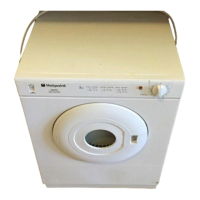

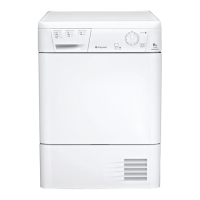
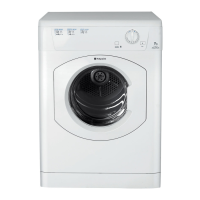
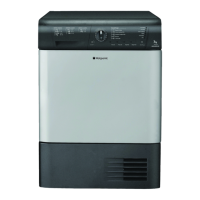
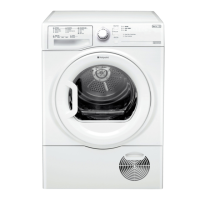




